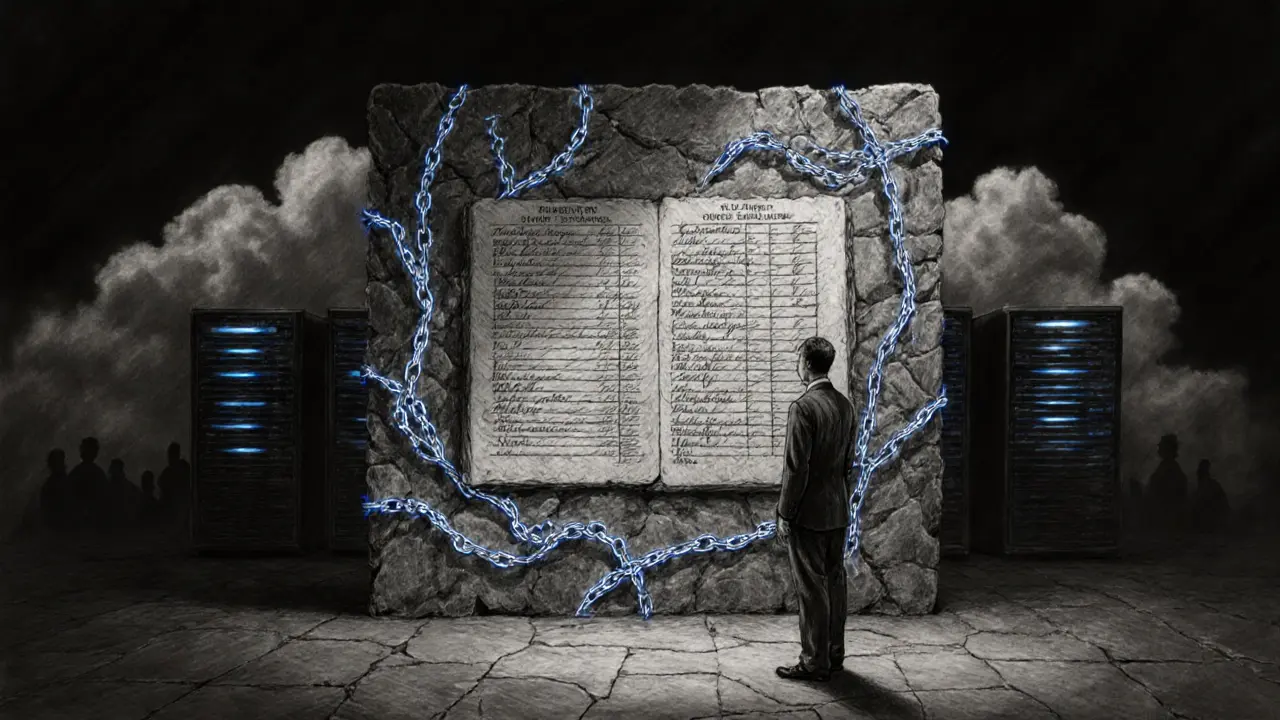Blockchain-as-a-Service lets businesses use blockchain technology without managing the infrastructure. Learn how it works, who uses it, and why it's changing supply chains, finance, and logistics - without needing a crypto expert.
Blockchain Cloud: What It Is and How It Powers Crypto and DeFi
When people talk about the blockchain cloud, a decentralized network of computers that run blockchain protocols and host smart contracts without relying on central servers. Also known as decentralized cloud, it’s what lets you trade crypto, stake tokens, or lend money without a bank. Unlike Amazon Web Services or Google Cloud, which run on corporate data centers, the blockchain cloud runs on thousands of independent machines around the world—each one validating transactions and storing data in a way no single company can control.
This isn’t just theory. Projects like GPUnet, a decentralized network that lets users rent out GPU power for AI and rendering tasks and Anzen Finance, a DeFi protocol that uses real-world credit loans as collateral for its stablecoin depend entirely on the blockchain cloud. They don’t use AWS. They don’t use Azure. They use Ethereum, BNB Chain, or Solana nodes spread across homes, data centers, and even crypto mining rigs. That’s the blockchain cloud in action: no middleman, no single point of failure, and no corporate lock-in.
And it’s not just for finance. The blockchain cloud enables everything from meme coins like Jager Hunter, a BNB Chain token that auto-pays holders every 10 minutes to stablecoins like USDZ that track private credit markets. It’s why the Philippines SEC can ban exchanges like OKX and Bybit—because the blockchain cloud keeps running even when governments try to shut it down. It’s why Russia uses crypto mining to bypass sanctions: the infrastructure doesn’t need permission.
What you’ll find in the posts below are real examples of how the blockchain cloud works—sometimes well, sometimes badly. You’ll see platforms that built on it honestly, like Binance and Cardano’s Midnight airdrop. And you’ll see scams that pretended to use it, like Bitroom or Dexfin, with zero trading volume and no real nodes. Some projects use the blockchain cloud to solve real problems, like GPUnet offering cheaper AI computing. Others just slap a blockchain label on a broken app and call it a day.
There’s no magic here. Just code, hardware, and people who understand how to connect them. If you’re trying to figure out what’s real in crypto, start with the blockchain cloud. Ask: Is this running on a public, verifiable network? Or is it just a website hiding behind a fancy name?

